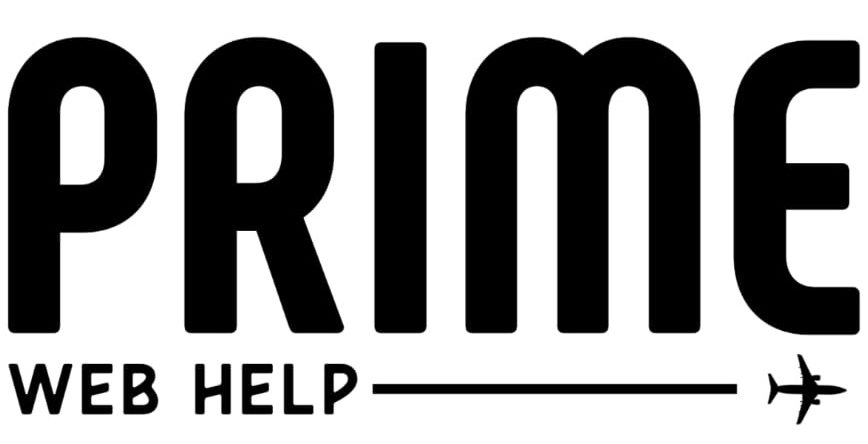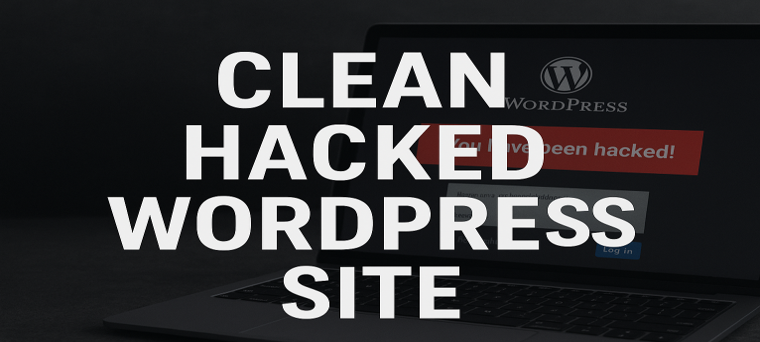A hacked WordPress site can destroy your brand reputation and user trust overnight. It’s one of the most stressful situations for any website owner.
You might notice that your site is redirecting to unknown pages, showing spam content, or being flagged by Google for malware.
But don’t panic with the right steps, you can recover your website safely. In this detailed guide, you’ll learn how to clean a hacked WordPress site, remove malware, fix errors, and secure your site permanently. This process ensures your site becomes fully functional, fast, and protected from future cyber threats.
How to Identify a Hacked WordPress Site
Before cleaning, it’s important to identify the symptoms of a hacked website. Common signs include:
- Unwanted Redirects – Users are redirected to spam or phishing pages.
- Google Warnings – This site may be hacked” message appears in search results.
- Suspicious Users – Unknown admin accounts created in WordPress dashboard.
- Injected Ads or Pop-ups – Unfamiliar banners or pop-ups appear automatically.
- Website Performance Drop – Your site becomes slow or unresponsive.
- Hosting Account Warnings – Hosting provider sends alerts about malicious activity.
- Strange Files in Server – Files with random names or PHP scripts inside wp-content or uploads folder.
If any of these signs appear, your website is likely compromised and needs immediate attention.
Step-by-Step Guide to Clean a Hacked WordPress Site
Follow these professional steps carefully to restore your website safely and completely.
Step 1 Put Your Website in Maintenance Mode
- Before you start cleaning, protect your visitors.
- Activate Maintenance Mode using a plugin like SeedProd or WP Maintenance Mode.
- This prevents visitors and search engines from accessing infected pages during cleanup.
Step 2 Scan for Malware and Backdoors
Next, scan your entire website for malware, backdoors, and malicious code.
Use trusted scanners such as:
- Wordfence Security Plugin
- MalCare Security
- Sucuri SiteCheck
These tools analyze your WordPress files, themes, plugins, and database for infected code or hidden scripts.
Tip: Always take a full backup before removing anything. Use UpdraftPlus or BlogVault for secure backups.
Step 3 Clean and Delete Infected Files
- After scanning, you’ll get a list of infected files. Here’s what to do:
- Delete all suspicious plugins or themes you don’t recognize.
- Manually check wp-content/uploads/ and remove unknown PHP files.
- Compare your core files (like wp-config.php, wp-settings.php) with a fresh WordPress installation.
- Remove spammy links or iframe code injected into pages or posts.
- Clean your database using phpMyAdmin look for unusual content in wp_posts or wp_options.
If you’re not comfortable doing this manually, plugins like MalCare can automatically clean your website safely.
Step 4 Reset All Passwords
Change all your passwords immediately, including:
- WordPress Admin and Editor passwords
- FTP or SFTP credentials
- Database password in wp-config.php
- cPanel or hosting account login
Also, check the Users section in WordPress and remove any unknown accounts.
Step 5 Reinstall WordPress Core, Themes, and Plugins
Sometimes malware hides inside outdated or pirated themes.
To ensure total cleanup:
- Download a fresh copy of WordPress from wordpress.org
- Delete your old /wp-admin/ and /wp-includes/ folders and upload the new ones.
- Reinstall only trusted themes and plugins from official sources.
- Avoid “nulled” themes they are one of the main hacking sources.
Step 6 Strengthen Your Website Security
Once the malware is gone, you must secure your site from future attacks:
- Install a Security Plugin Use Wordfence or iThemes Security for live protection.
- Enable Two-Factor Authentication (2FA) for admin login.
- Limit Login Attempts to prevent brute-force attacks.
- Use SSL Certificate (HTTPS) to encrypt user data.
- Keep Everything Updated WordPress core, themes, and plugins.
Take Regular Backups using UpdraftPlus or BlogVault.
How to Prevent Your WordPress Site from Being Hacked Again
Security is an ongoing process, not a one-time action.
Follow these preventive measures to stay protected:
- Always update your WordPress version.
- Avoid installing plugins from unknown websites.
- Regularly monitor your site with a security scanner.
- Use strong passwords and change them every 3 months.
- Set file permissions properly (folders: 755, files: 644).
- Install a Web Application Firewall (WAF).
- Schedule automated daily backups.
These small precautions make a big difference in your website’s long-term safety.
When to Hire Professional WordPress Experts
If the infection is severe or your website is blacklisted by Google, it’s best to seek professional help.
Prime Web Help offers complete WordPress malware removal and security services that include:
- Deep malware scanning and cleanup
- Fixing all site errors
- Database optimization and backup setup
- Firewall installation for real-time protection
- Ongoing security monitoring
Our experts ensure your hacked website becomes 100% clean, fast, and secure.
Frequently Asked Questions Clean Hacked WordPress (FAQs)
- How do I know if my WordPress site is hacked?
You may notice spam links, unknown users, redirects, or your site being flagged by Google. Running a malware scan confirms infection. - Can I clean my hacked WordPress site manually?
Yes, you can manually clean infected files, remove malware, and reinstall fresh copies of WordPress. But if you’re not experienced, professional help is safer. - Which plugin is best for WordPress malware removal?
The best plugins for malware removal are Wordfence, MalCare, and Sucuri Security they offer scanning, auto-cleaning, and firewall protection. - Will cleaning the hacked site remove all errors?
If done properly, yes. You’ll need to fix issues like broken permalinks, .htaccess errors, and database problems after cleaning. - How can I prevent my site from being hacked again?
Keep WordPress updated, use strong passwords, avoid untrusted themes/plugins, and install a firewall with regular backups.
Final Thought
A hacked WordPress site isn’t the end it’s a reminder to make your website stronger. By cleaning infected files, fixing errors, and applying strong security, you can restore your site’s speed, trust, and performance.
Need quick expert help:
Contact Prime Web Help professional WordPress malware removal and website security services.

